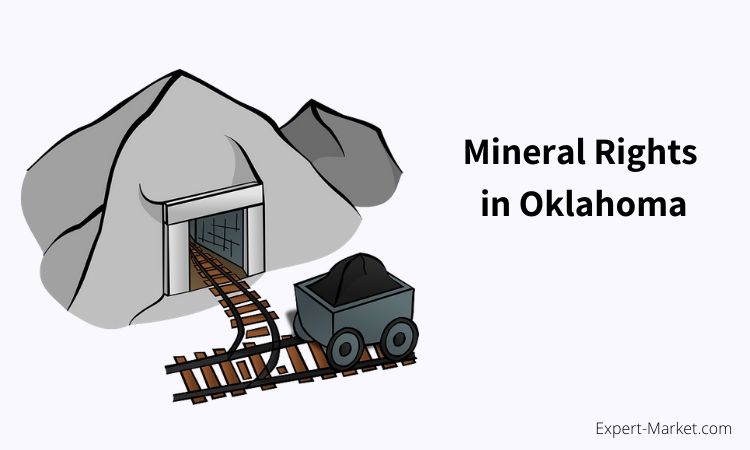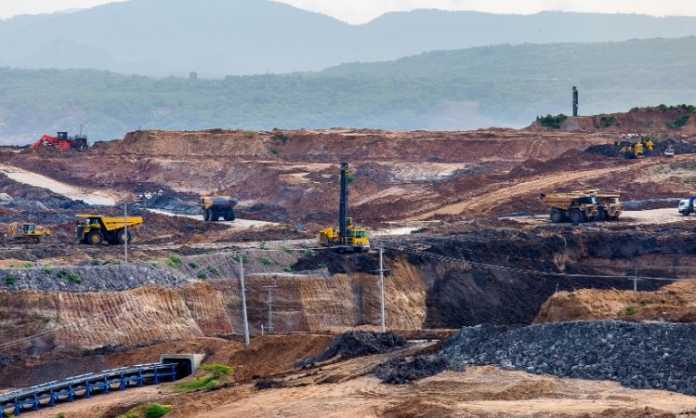Oklahoma is among the most mineral-rich states in the United States owing to its diverse geology. The area has plentiful natural resources, including petroleum, coal, metals, and industrial minerals.
Oklahoma places 5th in the country for the production of crude oil, responsible for about 8 percent of the total supply of natural gas in the US. About 480,000 wells were drilled in “The Sooner State” and were once the most significant oil production region of the globe in 1927.

What is the value of your mineral rights in Oklahoma
The average value of mineral rights is typically 2 or 3 times the actual signing premium of oil and gas leasing when you sell mineral rights in Oklahoma. Still, the prices go as large as 6 or 7 times the negotiating offer and as little as one-tenth of the paid bonuses in the state.
It’s a practical way to approximate the value of your mineral rights, although there are still other things to consider.
These variables can be divided into two groups. First, are the choices and considerations you have on what you’re doing with your oil and gas resources and royalties. Second, are the factors not under the control of the mineral owner. These are all relevant once you make an educated judgment on selling mineral rights.
The value when you sell mineral rights in Oklahoma is directly linked to the operation within the area of your property and which Oklahoma county you belong to. Mineral rights and royalty may increase or decrease in value with the cost of oil and natural gas.
However, oil and gas exploration and the subsequent market for mineral rights can increase the value. Every case is different and needs industry expertise to maximize the value of your mineral rights.
How is the value of your mineral rights determined
A mineral exploration and production firm can choose a region it considers profitable and gets oil and gas concessions on those mineral rights and after that, digs exploratory wells. Further activity means a higher value for your mineral rights, recognizing if there’s any operation and which company is working impacts the price you are receiving for the reasons.
When the findings of the drilled well are positive, the mineral rights become more favorable. However, disadvantaged drilling results, including a dry hole, would depreciate royalty and mineral rights in the region.
When your mineral rights are open, not currently leased, and you have not received recent proposals for leasing, the price may be lower based on the lack of demand in your location. If companies aggressively seek mineral leases in your region, there may be a significant possibility for a growing interest in your royalties’ profits and mineral rights value.
Why does your oil and gas lease royalty matter
The portion of the mineral rights in the resources obtained in your lease is called royalty. It’s a crucial element in the value calculation of your resources and dividend profits from the mineral rights held by production.
The royalty will decide what the owner and buyer of the mineral rights shall receive if the drilled well that produces oil and gas are finished. Many proposals to purchase royalties and mineral rights are focused on your oil and gas contract with a minimum fee of 18.75%.
What are the standard royalty rates in Oklahoma
In the state of Oklahoma, the typical royalty of oil and gas leases was 12.5% from the 1900s to the late 1980s. Since then, the regular fee was 18.75%. Royalty rates of 20% to 25% seem to be more prevalent nowadays, while offers and distribution for these lower royalty percentages are usually limited towards the most active basins of the state.
Oil and gas production operations in your Oklahoma property may affect the price of your mineral rights. Thankfully, the market is always evolving and searching after more areas to locate valuable resources. Whether you already hold oil and natural gas rights, this is the time to make the most of your potential income.



























